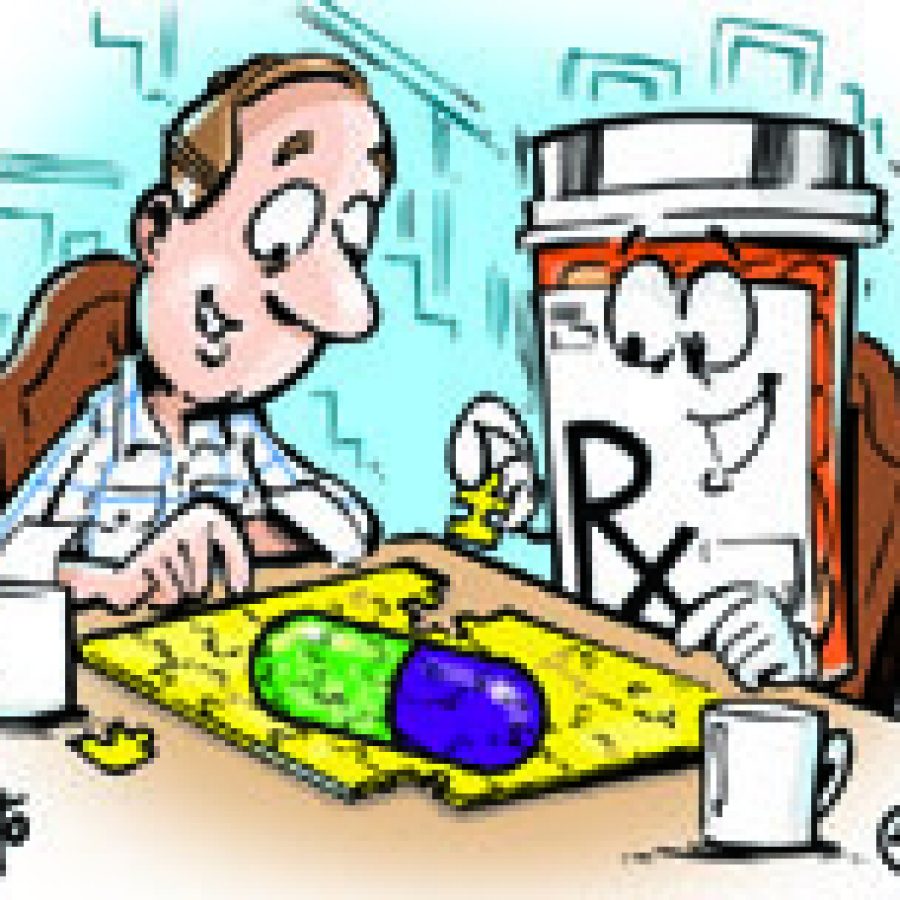Roughly 60,000 Americans are diagnosed each year with Parkinson’s disease, a motor-system disorder resulting from the loss of dopamine-producing brain cells.
The incidence increases with age.
While the average age of onset is 61, 40 percent of those with Parkinson’s disease are under the age of 60, placing them squarely in the workforce. One-third of employed individuals lose their jobs within a year of a diagnosis, according to the Parkinson’s Disease Foundation. Worldwide, the number of men and women with Parkinson’s disease is expected to double in the next 25 years.
Signs of the disease can vary widely. The most common physical symptoms include tremor or shakiness or trembling in the hands, arms, legs, jaw and face; rigidity of the muscles; slowness of movement or difficulty starting to move; and problems with balance and coordination.
Fortunately, America’s biopharmaceutical research companies currently are developing 36 medicines to help those suffering from Parkinson’s disease. All the medicines are either in clinical trials or awaiting review by the U.S. Food and Drug Administration. They include:
Gene therapies that target specific areas in the brain.
Cell therapy that uses a patient’s own cells to reverse effects of the disease.
New delivery mechanisms of currently approved treatments, including a transdermal patch and an intranasal formulation.
Medicines to treat a motor function disorder associated with Parkinson’s disease treatment.
Researching and developing new medicines remains a risky investment and lengthy process — costing, on average, $1.2 billion and taking 10 to 15 years to bring a new medicine to patients.
But novel therapies make a difference to patients, offering progress in situations where there previously was little hope.
For more information about how innovative medicines help to save lives, visit
.
For information about the Partnership for Prescription Assistance, visit
.

















